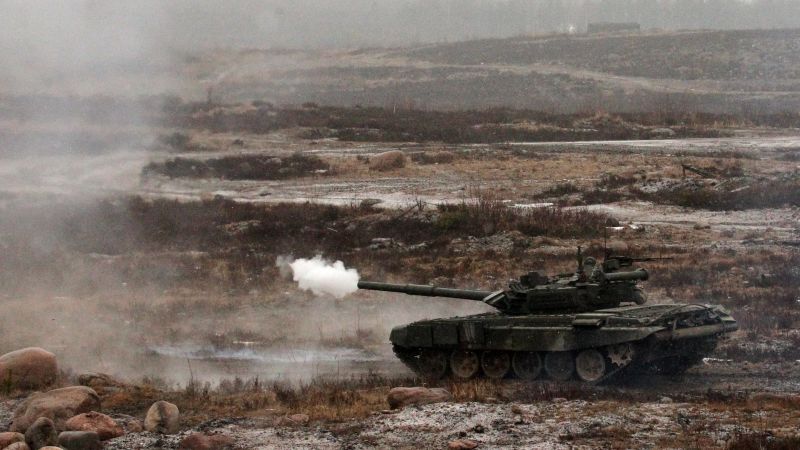
CNN
—
While the fury of conflict echoes across the eastern Donbas region, a very different war is being waged in Crimea: one of night-time explosions, sabotage and disinformation.
Reclaiming Crimea may seem like an unlikely quest for Ukraine but it is putting considerable effort into making Russia’s occupation as uncomfortable as possible. And the Russians are going to great lengths to fortify the peninsula, which they illegally annexed in 2014.
That includes hiring legions of workers to build fortifications and trenches.
The Ukrainian military has been carrying out attacks in Crimea with two goals: harass the Russian Black Sea fleet and disrupt vital Russian supply lines.
Satellite imagery in February showed a substantial Russian build-up of equipment and armor at several points across northern Crimea.
Few details emerge about Ukrainian strikes in Crimea. Only occasionally does unofficial social media video provide clues about what has been hit. And only occasionally do normally circumspect Ukrainian officials refer to any actions in Crimea.
This is part of the conflict that is fought largely in the shadows, a far cry from the brutal attritional warfare that rages across Donbas.
But last week Ukraine’s Main Intelligence reported that explosions in the Crimean town of Dzhankoi were due to a strike against Russian Kalibr cruise missiles being transported via rail. It said the strike served to “demilitarize Russia and prepare the Crimean peninsula for de-occupation.”
There’s no way to confirm that Kalibrs were destroyed. But Russia did launch an inquiry “into a recent drone attack repelled by Russian air defense systems near the city of Dzhankoi,” which is one of the main hubs for Russian equipment moving through Crimea.
Kalibrs would be a high priority target given the havoc they cause when fired by the Black Sea fleet at targets in Ukraine.
Two days after the Dzhankoi explosions, the night sky above Sevastopol – the home of the Black Sea fleet – was lit up by air defenses. Social media video showed a large explosion in the harbor area. The governor of the city said a Ukrainian attack using marine drones, not the first against the port of Sevastopol, had been foiled.
These strikes do not presage a Ukrainian plan to retake Crimea, even if that remains a distant goal for President Volodymyr Zelensky. But the peninsula is an artery through which Russia pushes troops and weapons into southern Ukraine, as well as being the defensive rear for Russian forces still holding part of Kherson region.
Ukrainian officials say that the Russians have begun mining part of the Dnipro river delta to impede any landings in southern Kherson. Most days, there are dozens of artillery and rocket strikes by Russian forces across the river into Ukrainian-held areas of Kherson.
There are also occasional acts of sabotage inside Crimea by unknown actors. Russian media reported an attempt to blow up a gas pipeline in the city of Simferopol this month, which caused an explosion and fire.
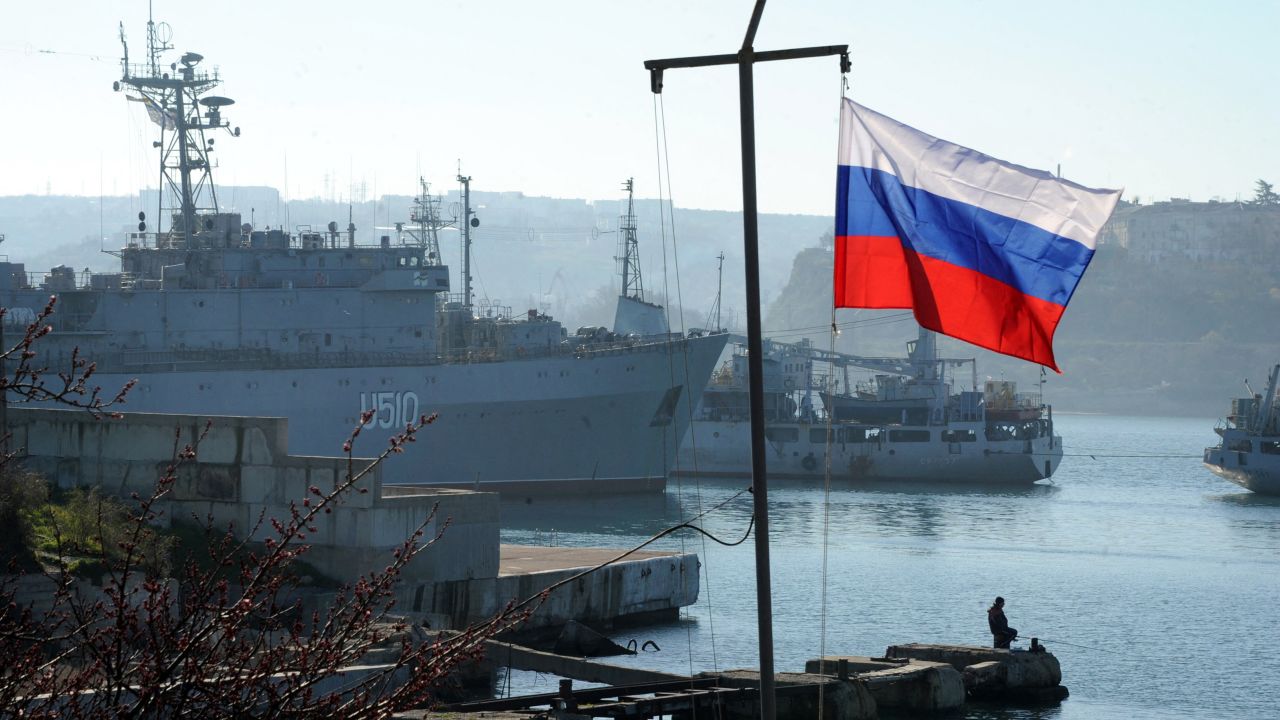
The Ukrainian Resistance Center, an official agency, claimed in February that partisans had sabotaged a railway in Bakhchisaray near Sevastopol; pro-Russian social media showed modest damage to tracks.
The extent of any partisan movement in the peninsula is unclear; at most it’s an irritant to the Russian-backed authorities – for now. There are occasional reports from the Russian-appointed authorities about the arrest of infiltrators. The United Nations reported this week that it had documented 210 prosecutions in Crimea through the end of January on the grounds of “public actions directed at discrediting” and “obstructing” the Russian armed forces.
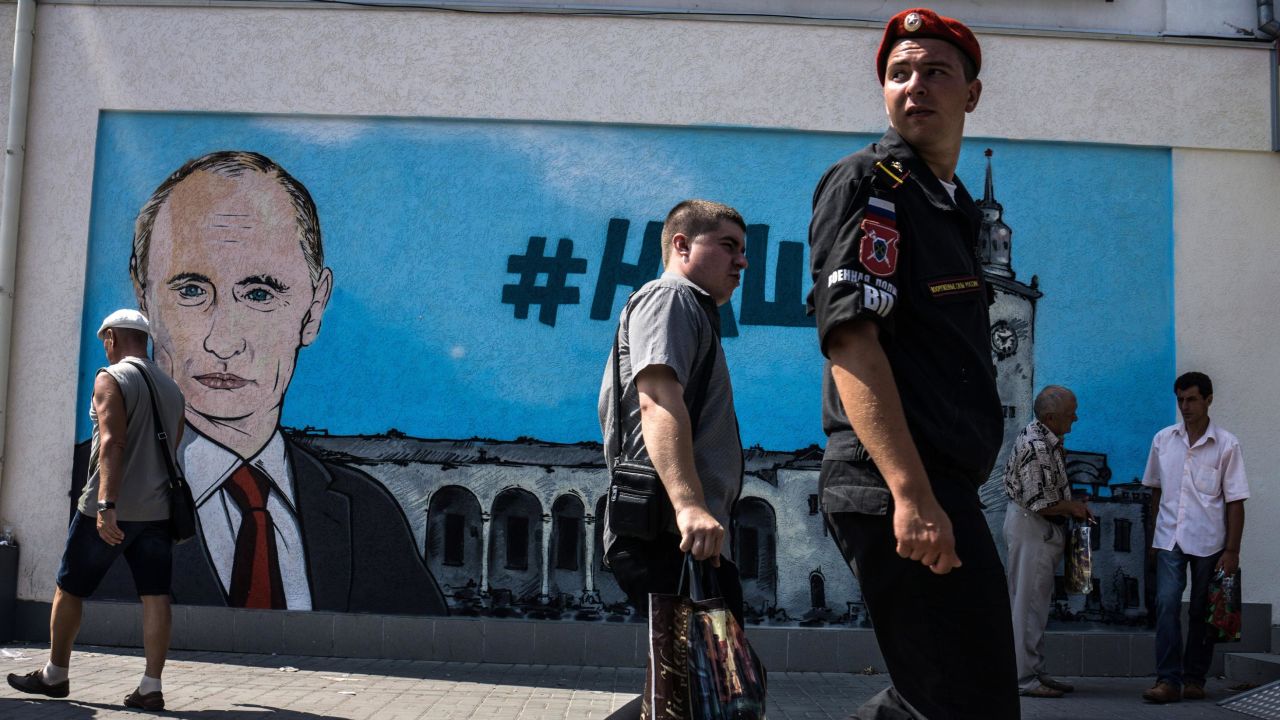
There are also occasional curfews in towns near Crimea, such as Chaplynka, through which Russian armor frequently passes – most likely to prevent any information being passed to the Ukrainian military. Ukraine alleged that last week the Russian National Guard raided Chaplynka and inspected locals’ documents, phones and vehicles.
Another aspect to the low-key conflict in Crimea is disinformation. Radio station frequencies have been hacked — for example recently to spread fake news about an order to evacuate the peninsula. There is a constant drip-feed of claims from Kyiv designed to unsettle Russians in Crimea. On Friday Ukraine’s Defence Intelligence spokesman, Andrii Yusov, said that officials from the Russian-backed administration in Crimea were rushing to sell their property and evacuate their families.
There is no independent evidence of an exodus of pro-Russian officials.
While any Ukrainian offensive to reclaim Crimea is at best distant, the Russians are taking no chances. Satellite imagery shows extensive defensive fortifications such as trenches close to or in Crimea, near the town of Armiansk, for example.
This month the Russian-appointed head of Crimea, Sergei Aksenov, said the creation of a fortification line in the peninsula was a guarantee of its security.
Denys Chystikov, a senior Ukrainian official with responsibility for Crimea, said Friday that fortifications are being built on the coast and near the border [with mainland Ukraine, but also deeper inside Crimea. “This is being done in order to show to local population that the peninsula is preparing to repel an attack.”
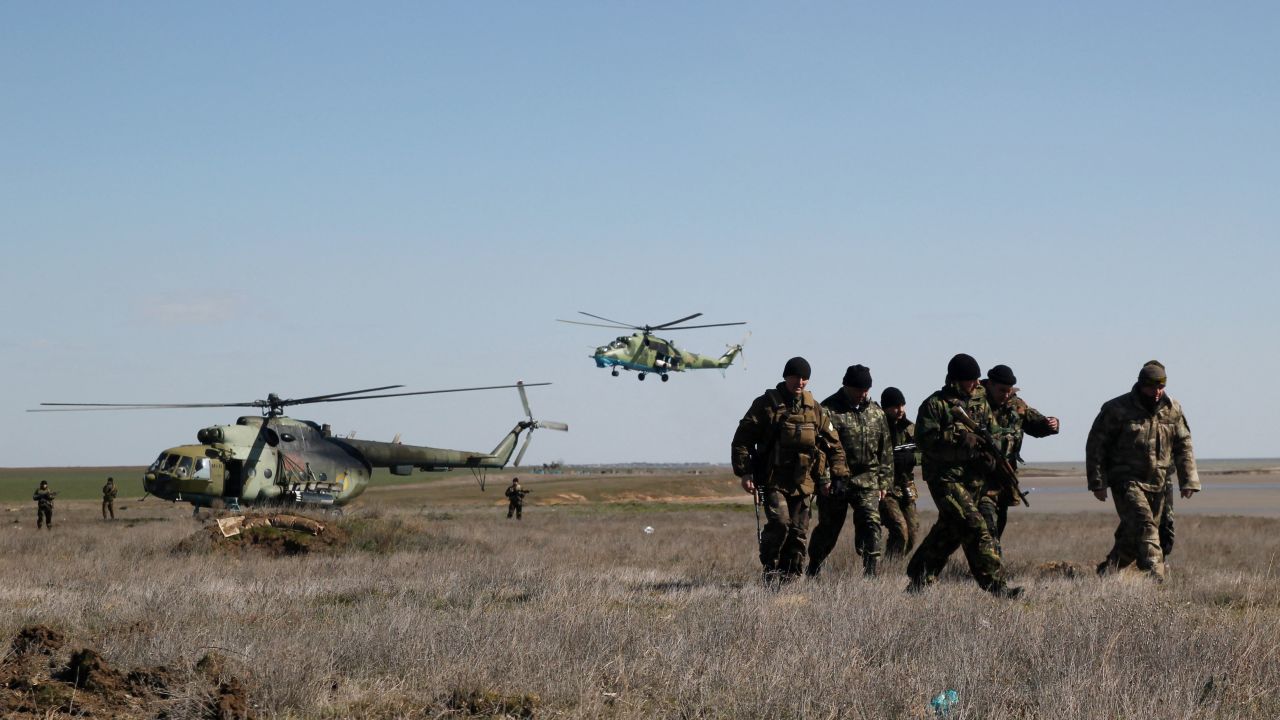
CNN reviewed online job postings for builders and carpenters that promised up to 7,000 rubles ($90) a day plus accommodation. One read: “Laborers wanted for fortifications, 3,000-7,000 rubles, per job completed, Krasnoperekopsk,” a town just inside Crimea.
A reporter with the Russian independent outlet Verstka was told that dozens of people were needed for the fortification work. The Ukrainian military has claimed that residents are also coerced to do the work and that defensive fortifications are being built between the towns of Ishun and Voinka in northern Crimea. A social media video appears to show the work in progress.
It may be a prudent move by the Russians. Ukrainian intelligence officials are on record as saying that a strategic goal of any counter-offensive this spring would be to cut the occupied corridor between Crimea and the Russian border along the Sea of Azov.
That would entail striking south towards Melitopol and into parts of Kherson adjacent to Crimea. Whether Ukrainian forces would try to enter Crimea is an open question. Much to Kyiv’s annoyance, some US officials are distinctly cool on such a prospect, feeling it would usher in unpredictable escalation. Gen. Mark Milley, the Chairman of the Joint Chiefs of Staff, said earlier this year that “it would be very, very difficult to militarily eject the Russian forces from all – every inch of Ukraine and occupied – or Russian-occupied Ukraine.”
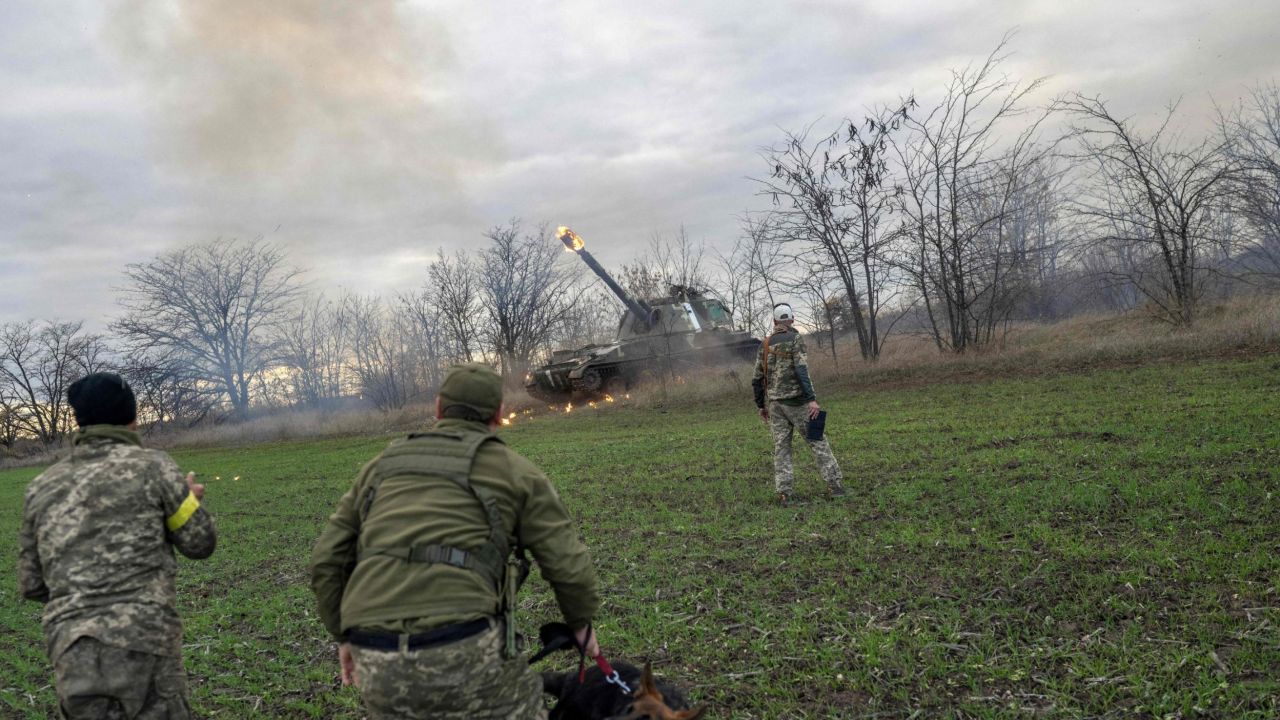
Anchal Vohra wrote recently in Foreign Policy magazine that “while isolating Crimea is one thing, entering, attacking, and holding such a heavily fortified region guarded by the Russian naval fleet is quite another.”
Just this week, the deputy head of Russia’s Security Council, Dmitri Medvedev, warned that Russia would use “absolutely any weapon” should Crimea try to retake Ukraine.
As the rumor mill about the goals of a possible Ukrainian counter-offensive later this spring intensifies, so does the appetite for what the Russians call maskirovka, the art of deception. Neither side has a monopoly on that.